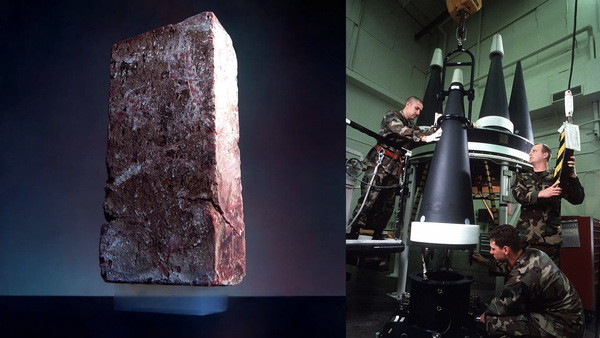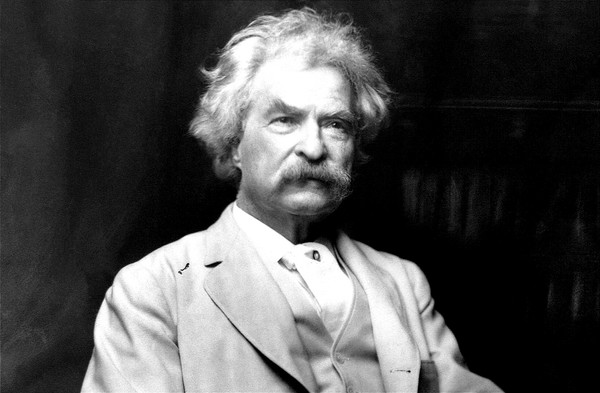The language we speak shapes the connectivity in our brains

Xuehu Wei, who is a doctoral student in the research team around Alfred Anwander and Angela Friederici, compared the brain scans of 94 native speakers of two very different languages and showed that the language we grow up with modulates the wiring in the brain. Two groups of native speakers of German and Arabic respectively were scanned in a magnetic resonance imaging (MRI) machine. The high-resolution images not only show the anatomy of the brain, but also allow us to derive the connectivity between the brain areas using a technique called diffusion-weighted imaging. The data showed that the axonal white matter connections of the language network adapt to the processing demands and difficulties of the mother tongue. “Arabic native speakers showed a stronger connectivity between the left and right hemispheres than German native speakers,” explained Alfred Anwander, last author of the study.
Scientists discover RNA component buried in the dust of an asteroid
A sample extracted from an asteroid far from Earth has confirmed that RNA nucleobases can be found in space rocks. Analysis of dust ferried home from asteroid Ryugu has been found to contain uracil – one of the four nucleobases that make up RNA – in addition to niacin, a form of the vitamin B3, which plays an important role in metabolism. This adds to a growing body of evidence that the building blocks for life form in space, and may have been at least partially delivered to Earth by asteroid bombardment early in our planet's history. "Scientists have previously found nucleobases and vitamins in certain carbon-rich meteorites, but there was always the question of contamination by exposure to the Earth's environment," says astrochemist Yasuhiro Oba of Hokkaido University in Japan. "Since the Hayabusa2 spacecraft collected two samples directly from asteroid Ryugu and delivered them to Earth in sealed capsules, contamination can be ruled out."

Quantum breakthrough paves way for world-first experimental wormhole
A practical application for the highly anticipated yet underutilized quantum computing technology is within reach due to an innovative method that overcomes the significant challenge of scaling up these prototypes. The invention, by a University of Bristol physicist, who gave it the name ‘counterportation’, provides the first-ever practical blueprint for creating in the lab a wormhole that verifiably bridges space, as a probe into the inner workings of the universe. By deploying a novel computing scheme, revealed in the journal Quantum Science and Technology, which harnesses the basic laws of physics, a small object can be reconstituted across space without any particles crossing. Among other things, it provides a ‘smoking gun’ for the existence of a physical reality underpinning our description of the world.

From Bavaria to the New World Order: The Illuminati’s secret history
On May 1, 1776, law professor Adam Weishaupt founded the Order of the Illuminati in Ingolstadt, Bavaria. The organization’s goal was to provide members with a safe space to question the teachings and rules of the Catholic Church without danger of persecution. Weishaupt was inspired by Freemasonry and wanted to join one of the oldest fraternities in the world. However, he was so disillusioned by many of their ideologies that he decided to continue his quest for knowledge and form his own group. The professor wasn’t against religion per se, but he opposed how the Catholic Church was strong-arming its followers. The church controlled Europe’s belief system while simultaneously collecting money through tithes and services like baptism and marriage.

To US farmers, this corn fungus is a blight, but in Mexico it's a delicacy
One evening last July, Nat Bradford walked along rows of White Bolita Mexican corn at his Sumter, S.C., farm, and nearly wept. All 1,400 of the corn plants had been overtaken almost overnight by corn smut, recalls Bradford, who's also a landscape architect. The smut, from a fungus called Ustilago maydis, literally transforms each corn kernel into a bulbous, bulging bluish-grey gall. It is naturally present in the soil and can be lofted easily into the air and onto plants. Smut is considered a scourge by most U.S. farmers, and it goes by the nickname "devil's corn." But in Mexico, corn smut is known as huitlacoche, and it's long been a delicacy . Traditionally, families would walk miles among the cornstalks just to gather a basket of ears infected with this distant relative of mushrooms. It is still sold fresh at markets and used as a filling in tacos, quesadillas and soups.

How the invention of the camera influenced Vincent Van Gogh
Trung Phan writes: "Van Gogh's famous painting, “The Starry Night," is a great lesson on how technology changes art and creative work. Van Gogh created his masterpiece in 1889. But the painting style was born from the art world's response to the invention of the camera decades earlier. As one expert put it: "Rather than try to compete with photography for claims to objective truth, they were in essence freed by it. Aware of advances in the understanding of color, for example, they knew that by placing areas of pure color next to one another, they could produce a blended effect in the mind, which is how they developed their distinctive facture (facture is the art historical term for an artist’s unique handling of the paint). In essence, they doubled down on the subjective nature of art, the way in which it represents not some universal perception but rather an individual one."

Animated scenes with conductive thread
Japanese infrastructure firm Kandenko blends science and art to make miniature scenes light up using smart-X conductive threads creating this story called "connecting thoughts" a visualisation of how we are all connected pic.twitter.com/rbQ4AlPxn4
— Science girl (@gunsnrosesgirl3) April 4, 2023



